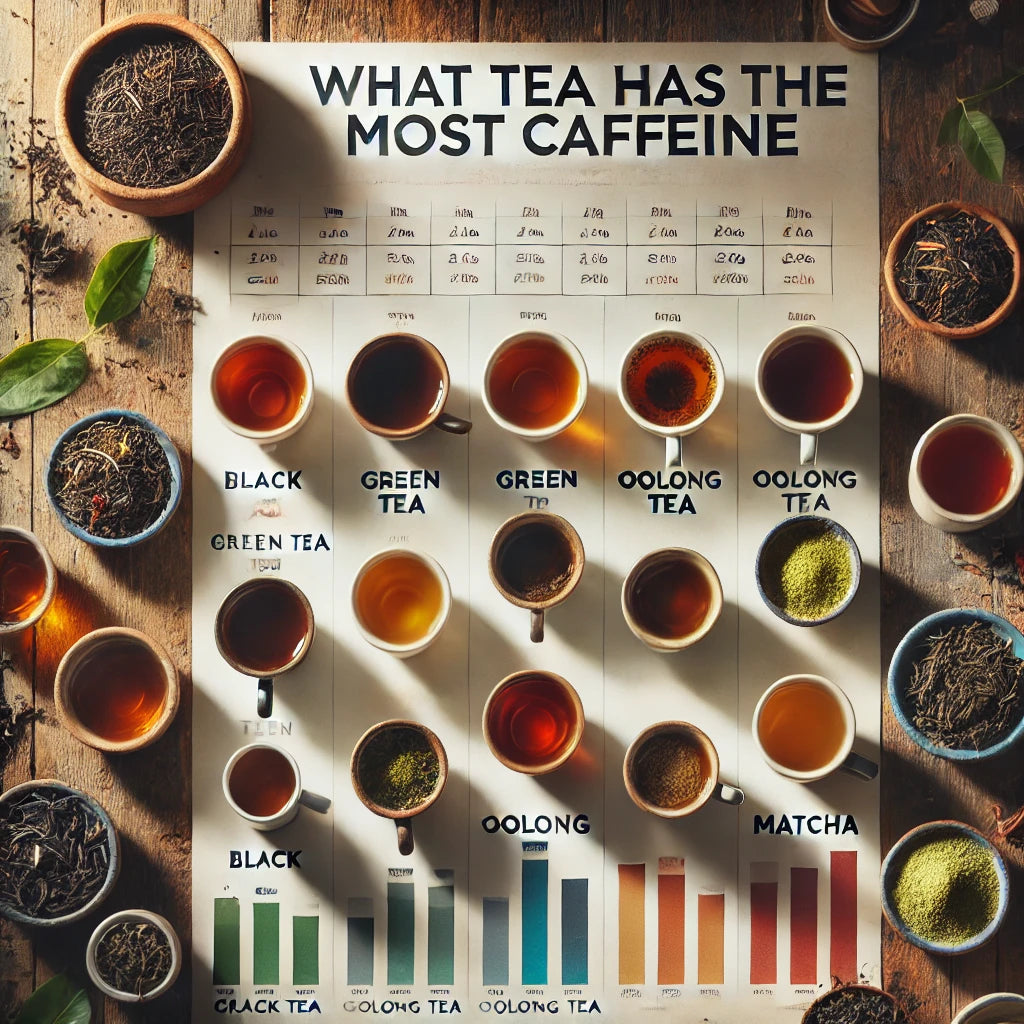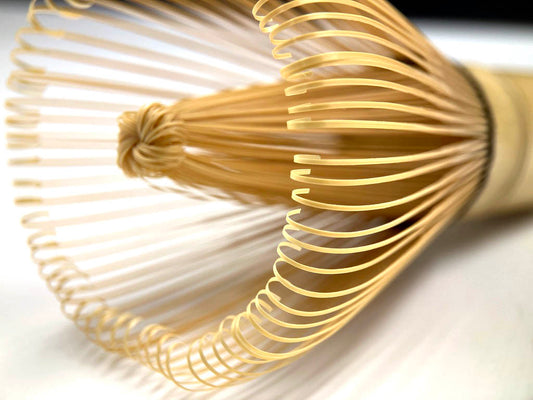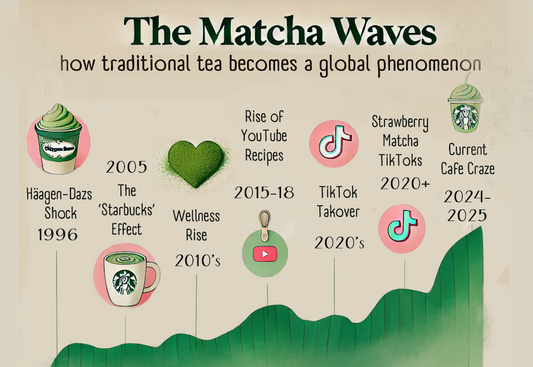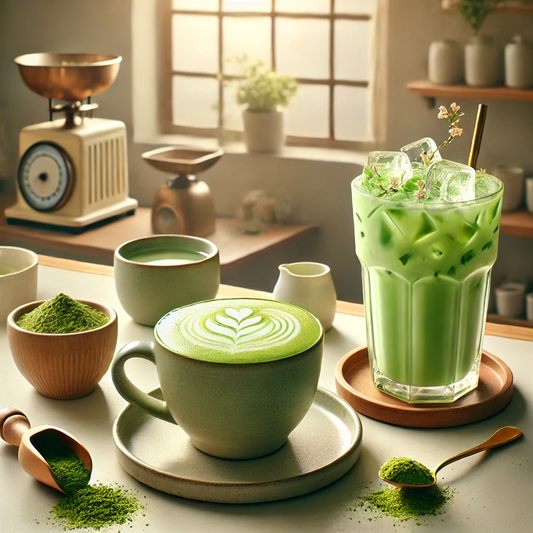
What tea has the most caffeine?
One of the biggest myths still persisting in the tea industry is that we know how much caffeine each type of tea contains. Over generalizations such as "black tea contains the most caffeine" lead to customers seeking the tea with "the most caffeine". The fact is, unless each batch of tea is lab tested, we simply do not know.
Caffeine in the tea plant
All parts of the tea plant, with the exception of the seed, contain at least some caffeine. Caffeine in tea is used by the plant as a natural defense against pests eating the new leaf buds, as in high doses, caffeine can be toxic to insects. As a result, insects have evolved taste receptors that help them avoid ingesting caffeine. Caffeine is concentrated highest in the young leaf buds, and lessens with each leaf lower on the plant stem. As the leaves age on the plant, caffeine is turned into other chemicals needed by the plant, therefore any tea that is produced using new tea buds vs older large leaves will generally have the most caffeine. Other factors also contribute to caffeine levels in the leaf:
- The growing season - fast growing seasons produce more caffeine than slow seasons.
- Husbandry - a hard pruning of the plant will cause it to grow quickly and also produce more caffeine.
- Nutrients - if a plant is given a lot of nitrogen fertilizer it will produce more caffeine.
- Shading - shaded plants produce more caffeine in their leaves.
- Plant type - clonal plants produce more caffeine over seedling plants.
Ultimately the cultivar and individual varietal can trump all of these factors and produce more or less caffeine simply based on each plant's genetics. Teas produced from the Camellia sinensis var. assamica type rather than Camellia sinensis var. sinensis can be 33% higher in caffeine levels!
Caffeine during processing
Any style of tea can be created from any tea bush. Black and green tea manufactured from leaves from the same bushes on the same day will have virtually the same caffeine levels. However, when we introduce processing, there are still factors that influence the caffeine content in the leaf.
- A slow wither at moderate temperature increases the caffeine.
- A long withering time produces the highest caffeine. White teas, which typically are young buds with high caffeine, go through a long slow wither.
- Longer oxidation slightly reduces caffeine level in black tea.
- Rolling breaks open the leaf cell walls, and allows the aroma and chemicals to coat the outside of the leaf. The caffeine, and all flavour compounds, would be quickly released into the cup with these teas. Whole leaf teas with little processing, preserve the leaf integrity and therefore slows the infusion rate in the cup.
- Leaves are cut with the intention of allowing quick steeping, and therefore if a cut tea is made from a high caffeinated plant, there will be a lot of caffeine released very quickly into the cup.
Caffeine in the Cup
Finally, how we steep our tea affects how much caffeine is released into our cup. Caffeine in tea is extracted from the leaf along with the rest of the chemicals and flavour compounds at rates relative to time, temperature, and leaf structure.
- Whole leaves release caffeine slower than a cut or broken one. The amount released will of course depend on how much was in the leaf to start with. A whole leaf white tea may have more caffeine overall to release, but a cut black leaf may release a lot more of its caffeine faster.
- Caffeine's solubility in water increases as the temperature does, so the hotter you steep your leaves, the more caffeine will be released. Solubility of caffeine in water can be increased by adding citric acid, found in a splash of lemon.
- The longer leaves are allowed to steep, the more is released into the water. However, as much as steeping tea leaves at a rolling boil for an extended period might get the most caffeine out of the leaf, it can also spoil the enjoyment of flavours, creating an off balanced cup. Remember, caffeine is naturally bitter so high concentrations will not always be pleasing in the mouth. Tea is meant to be enjoyed over multiple infusions, which is a much more pleasing way to enjoy the stimulating effects of the beverage.
So, what tea has the most caffeine?
For those still looking for a straightforward answer to this mythical question, there are some best guesses and techniques you can use equipped with all this knowledge to get the most caffeine in your cup.
- Choose white, green or lightly oxidized teas like Darjeeling that use young tea buds in the picking of their leaves.
- Try shaded leaves, like Japanese Gyokuro.
- Look for clonal gardens using Camellia sinensis var. assamica, like African or Ceylon teas.
- Chinese and Taiwan oolongs made from Camellia sinensis var. sinensis use lower leaves so often have less caffeine in the tea.
- Drink Matcha. Matcha not only uses young shaded tea leaves full of caffeine, but the leaves are ground into a powder that is ingested, so the full caffeine available in the leaf is consumed.
- Have multiple steepings of your tea, and use a higher water temperature. Each steeping will release more caffeine based on total available levels in the leaf.
- Use more tea per cup. More tea = more fun!

Jungpana 1st Flush Darjeeling, org
|

|

Gyokuro Shizuoka, org |
Further readings and interesting caffeine articles.
CAFFEINE AND TEA: Myth and Reality by NIGEL MELICAN
A FEW WORDS ABOUT CAFFEINE - Camellia Sinensis
Multiple gustatory receptors required for the caffeine response in Drosophila
Hongyacha, a Naturally Caffeine-Free Tea Plant from Fujian, China





